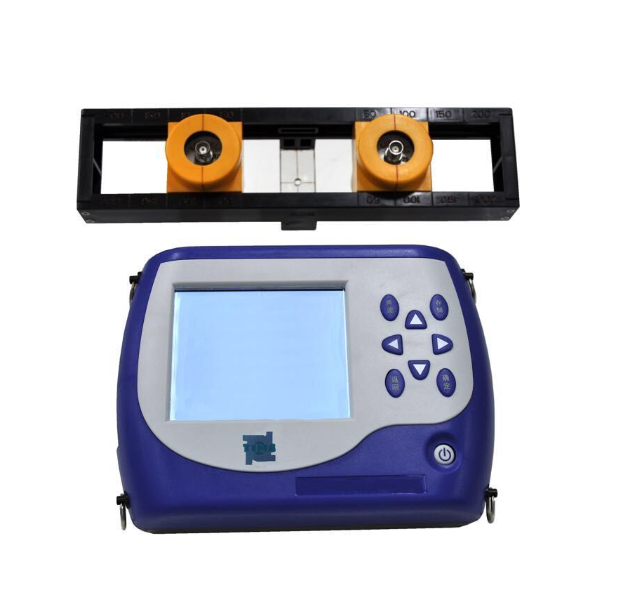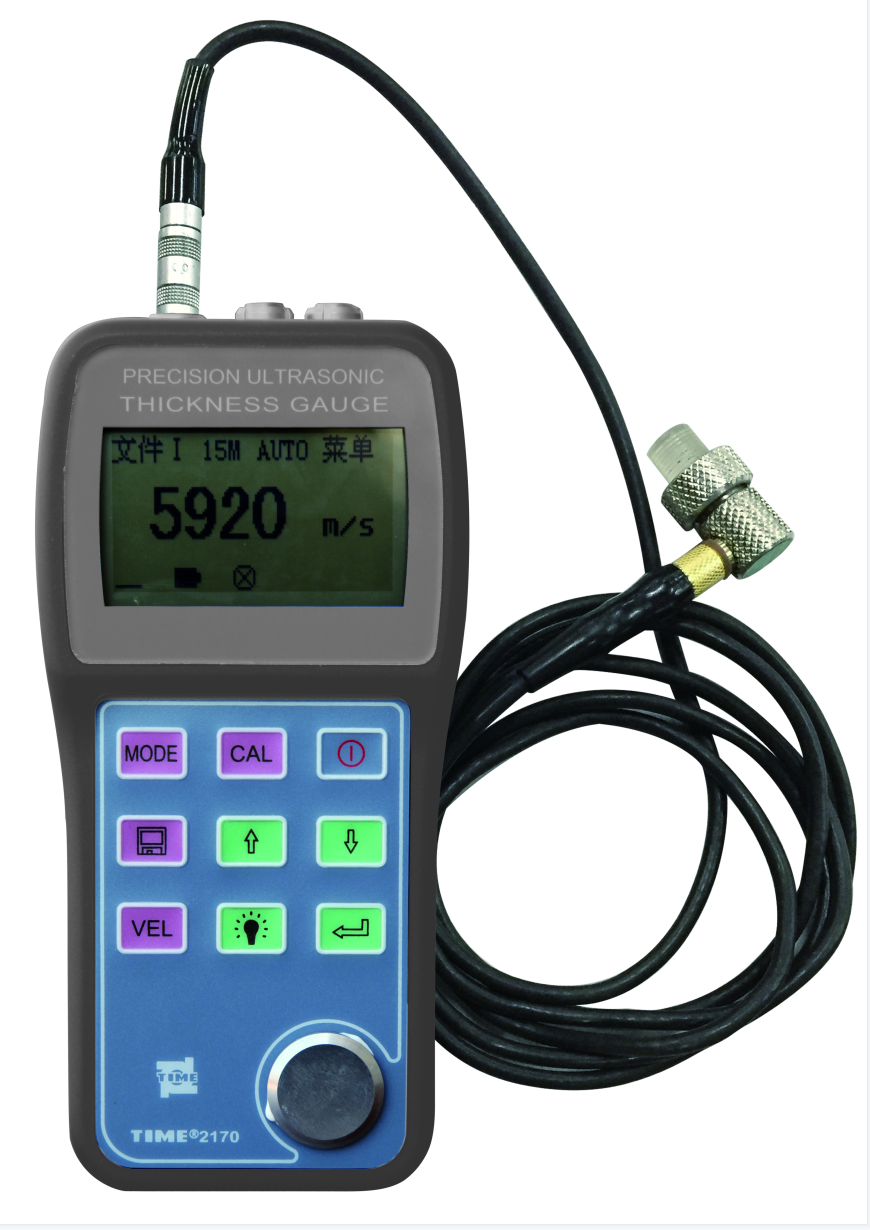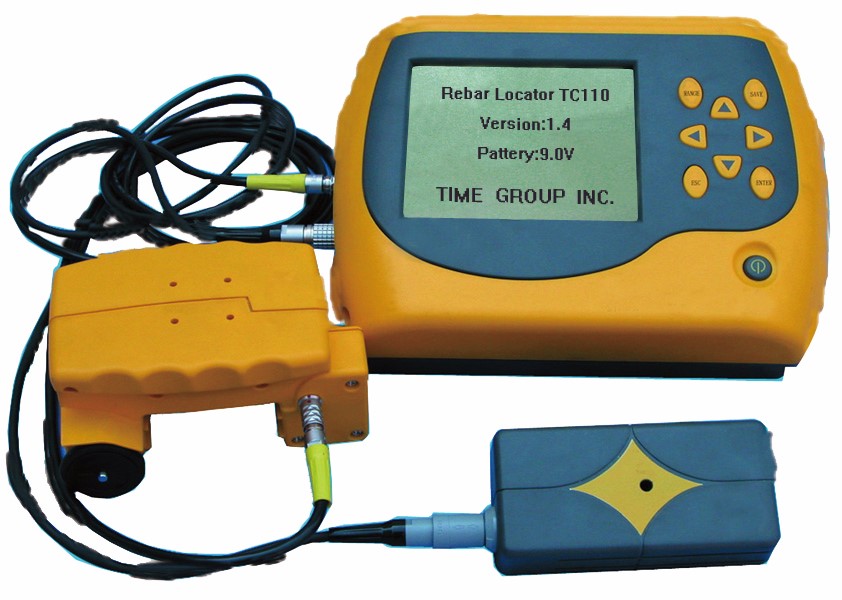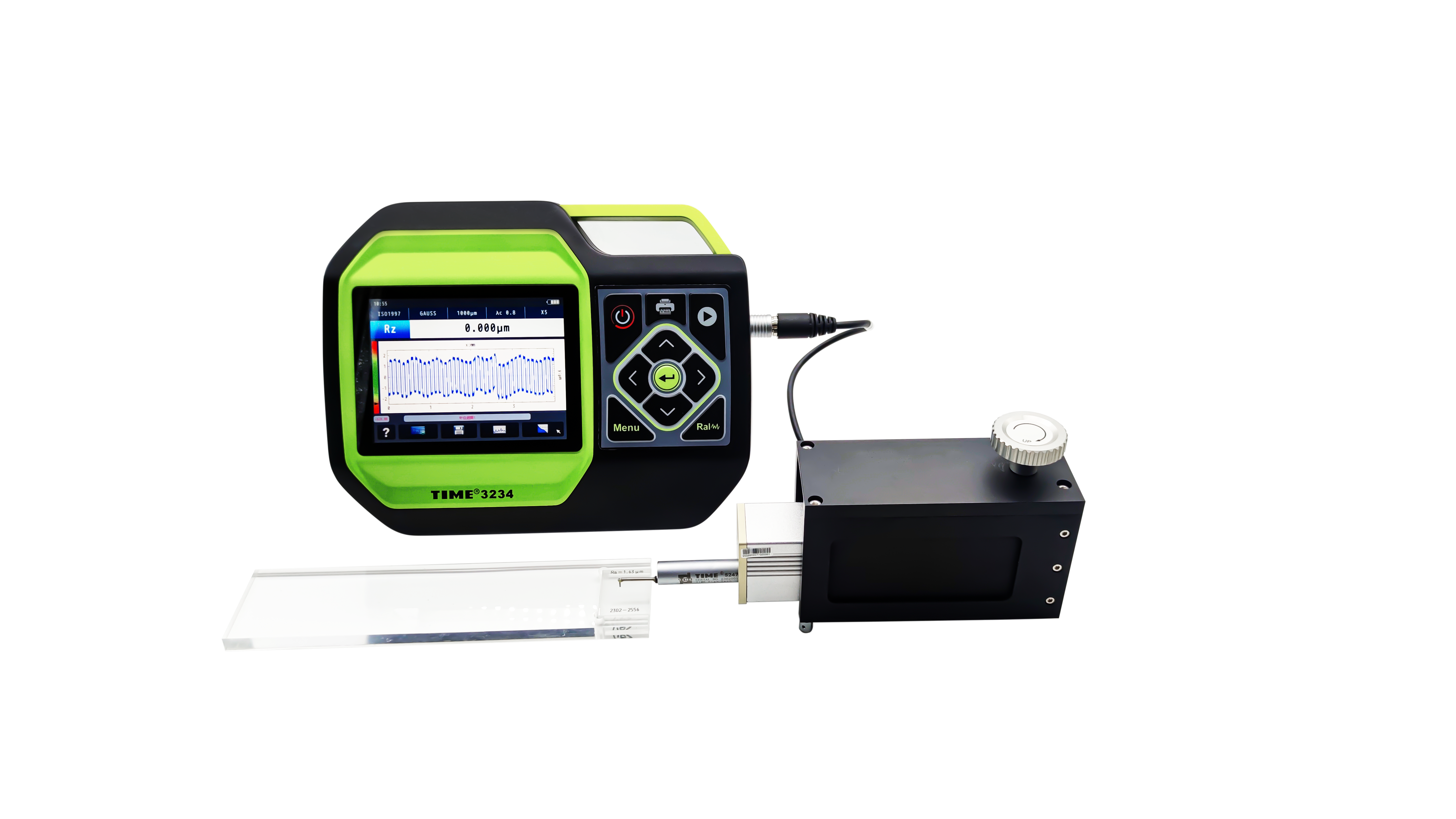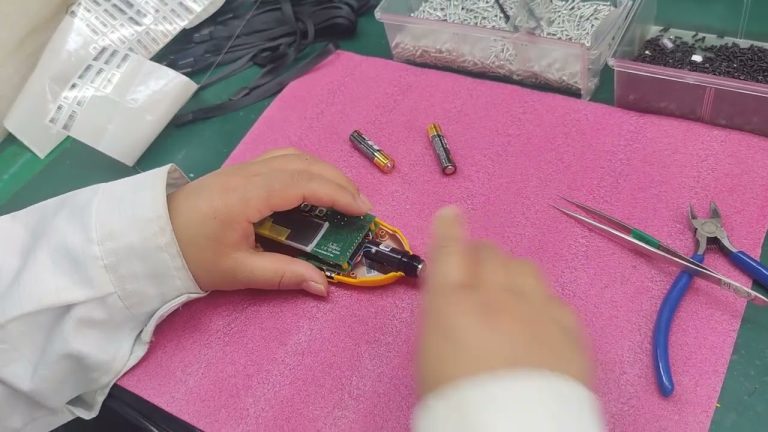- Which various functions does the choice of surface roughness affect?
Answer: Surface roughness affects various functions: such as friction coefficient, wear, fatigue strength, impact strength, corrosion resistance, contact stiffness and vibration resistance, clearance in clearance fits, bonding strength in interference fits, measurement Accuracy, thermal conductivity, electrical conductivity and contact resistance, sealing, bonding strength, painting performance, coating quality, fluid flow resistance, light reflection performance, food hygiene, appearance, spray metal quality, lubrication during steel plate stamping wait.

- What effect does the choice of surface roughness have on the fit properties?
Answer: Affects the reliability and stability of matching performance. For clearance fits, due to initial wear, the peaks will quickly wear away, making the gap larger; for interference fits, the peaks will be flattened during assembly and pressing, reducing the actual effective interference, especially for small-size fits. To be significant. Therefore, the Ra value of a joint surface that requires high stability of fit properties, a surface with a small dynamic fit clearance, a static fit that requires a firm and reliable connection, and a large load bearing capacity should be lower, and the small size of the same tolerance level is better than the large size (especially 1 -Level 3 tolerance level), the shaft with the same tolerance level is smaller than the value of the hole, and the matching properties are the same. The smaller the size of the part, the smaller its Ra value.
- What effect does the choice of surface roughness have on wear resistance?
Answer: Due to the presence of peaks and valleys on the surface of the processed parts, the contact surface only has some peak contact, thereby reducing the contact area, increasing the specific pressure, and intensifying wear. Therefore, the friction surface moves faster than the non-friction surface, the rolling friction surface moves faster than the sliding friction surface, and the Ra value of the friction surface with high unit pressure is smaller.
- What effect does the choice of surface roughness have on contact stiffness?
Answer: When two surfaces are in contact, since the actual contact area is part of the ideal contact area, the compressive stress per unit area increases, and contact deformation is likely to occur when external force is applied. Therefore, reducing the Ra value can improve the contact stiffness of the joint.
- What effect does the choice of surface roughness have on fatigue strength?
Answer: The rougher the surface of the part, the more sensitive it will be to stress concentration, which will lead to fatigue damage of the part. Therefore, the Ra value of the surface subject to cyclic loads and parts that are prone to stress concentration, such as fillets and grooves, should be lower. The impact of surface roughness on the fatigue strength of parts varies with the material. The impact on cast iron parts is not obvious. For steel parts, the higher the strength, the greater the impact.
95. What effect does the choice of surface roughness have on impact strength?
Answer: The impact strength of the steel surface increases as the surface roughness Ra value decreases, especially at low temperatures.
96. What impact does the choice of surface roughness have on measurement accuracy?
Answer: Due to the microscopic unevenness on the surface of the workpiece, the measuring rod actually contacts the peak during measurement. Although the measuring force is not large, the contact area is small, and the force per unit area is not small, thus causing a certain amount of contact deformation. Since the microscopic unevenness of the surface has certain peaks and valleys, for example, when measuring, the measuring head and the measured surface need to slide relative to each other. This causes the measuring rod to fluctuate up and down with the peaks and valleys of the measured surface, which affects the indication value. fluctuation.
- What effect does the choice of surface roughness have on sealing?
Answer: For static sealing surfaces without relative sliding, the bottom of the microscopic unevenness is too deep, and the preloaded sealing material cannot be completely filled, leaving gaps, causing leakage. The rougher the surface, the greater the leakage. For relatively sliding dynamic seal surfaces, due to relative motion, the microscopic roughness is generally 4-5 μm, which is more beneficial for storing lubricating oil. If the surface is too smooth, it will not only be unfavorable for storing lubricating oil, but will cause friction and wear. In addition, the quality of sealing is also related to the direction of the processing texture.
98. What effect does the choice of surface roughness have on corrosion resistance?
Answer: If the surface is rough, corrosive gas or liquid on the surface of the part will easily accumulate and penetrate into the surface layer of the part, aggravating corrosion. Therefore, the Ra value of the surface of parts working under conditions of corrosive gas or liquid should be smaller.
- What impact does the choice of surface roughness have on the quality of metal surface coating?
Answer: After the workpiece is plated with zinc, chromium or copper, the depth of the microscopic unevenness on the surface will be doubled compared to before plating, while after nickel plating, it will be reduced by half. And because the rough surface can absorb the tensile stress generated when the sprayed metal layer is cooled, it is not easy to produce cracks. The surface must have a certain roughness before spraying the metal.
- What effect does the choice of surface roughness have on vibration and noise?
Answer: The surface of the moving pairs of mechanical equipment is rough and uneven, which will produce vibration and noise during operation. This phenomenon is more obvious for high-speed running rolling bearings, gears, engine crankshafts, camshafts and other parts. Therefore, the smaller the surface roughness Ra value of the moving pair, the smoother and quieter the moving parts will be.

